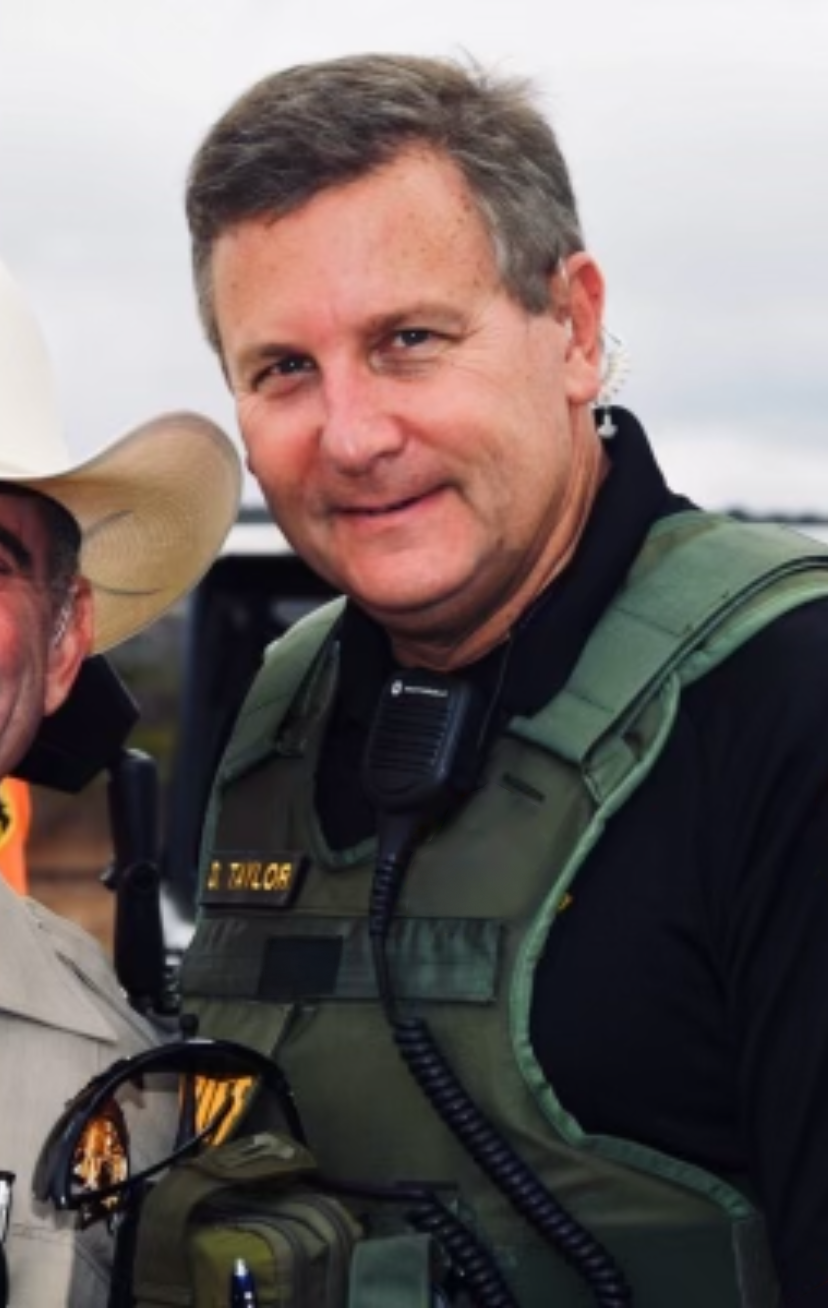The radio crackled: “Possible 11-44 in the trunk of a vehicle, residential area.”
My pulse quickened. This was going to be the call of the night.
Racing down the parkway, lights blazing and sirens wailing, I was already mentally on scene—running through procedures, anticipating next steps. That’s when I heard it: the violent shriek of tearing metal that every cop knows and dreads.
When everything goes wrong
First on scene, I found chaos personified. A convertible wrapped around a light pole, which now blocked all eastbound lanes. A sheared fire hydrant sent a geyser of water flooding the intersection. And there I was—one deputy trying to process a dozen critical inputs at once.
My performance? C-minus at best.
- CPR mask and first aid kit? In the back of my patrol car, useless.
- Radio communication? “Single-vehicle accident, looks serious!” I forgot to mention the entire eastbound parkway was now a dead end.
- Scene management? I started CPR in rushing water, violating every protocol about moving trauma victims.
- Witness information? A bystander tried telling me something crucial. I had tunnel vision and let him disappear into the crowd.
I was drowning in information overload while my partners raced toward a roadblock I’d failed to communicate.
Dean Taylor, retired public safety professional.

The game-changer: When pictures replace panic
Now imagine that same scene with today’s technology. The difference isn’t just significant—it’s transformational.
The moment I arrive, my in-car camera is streaming HD video to dispatch, my sergeant, and every responding unit. Before I even key my radio:
- Dispatch sees the downed pole and calls the power company
- They spot the sheared hydrant and alert the water department
- Traffic blockage? Other units are already rerouting
My frantic, incomplete radio transmission is replaced by a clear, live video feed. I’m no longer a lone deputy overwhelmed by chaos—I’m the tip of the spear for a fully informed, coordinated response team.
Real-time oversight saves lives
As I run toward the victim, my body camera provides a first-person view of the scene. When my sergeant sees me about to start CPR in flowing water, his calm voice cuts through my tunnel vision: “20P1, move the victim to the grassy shoulder first. We need a stable surface.”
The incoming ambulance crew isn’t just hearing “one victim”—they’re watching my assessment in real-time, seeing visible trauma and environmental hazards, preparing specific equipment before they even arrive.
That witness I missed? My body camera captured his face. Even without his name, we have clear video footage. Deputies on scene can review the feed and identify him in the crowd.
My stress-clouded memory is replaced by an objective, 360-degree record of everything. Report writing transforms from trying to recall high-stress fragments to simply annotating a perfect digital record.
The transformation
In the first scenario, I was a lone deputy drowning in chaos.
In the second, technology transformed me into a mobile information hub. Live video eliminated the communication gap, allowing my entire support system to see what I saw, when I saw it, and act instantly.
They weren’t just responding to my voice—they were responding to reality.
What I learned personally that night is something every first responder deals with: process overload. One person, a dozen critical inputs, life-or-death decisions—and the crushing weight of getting it right.
But here’s what’s changing: We don’t have to face that overload alone anymore.
Today’s technology doesn’t just give us better tools—it gives us better teammates. Real-time video feeds, instant communication, coordinated response systems. These aren’t just upgrades; they’re force multipliers that transform individual officers into connected, informed response teams.
A message to active public safety professionals
Things are changing, and I want to be a useful voice in that conversation. My message is simple: Embrace technology. Make mistakes. Learn to do better.
That night, I made every mistake in the book. But those mistakes taught me that the future of public safety isn’t about perfect officers—it’s about perfectly connected teams with the right tools at the right moment.
The technology exists. The question isn’t whether it works—it’s whether we’re ready to embrace it.
